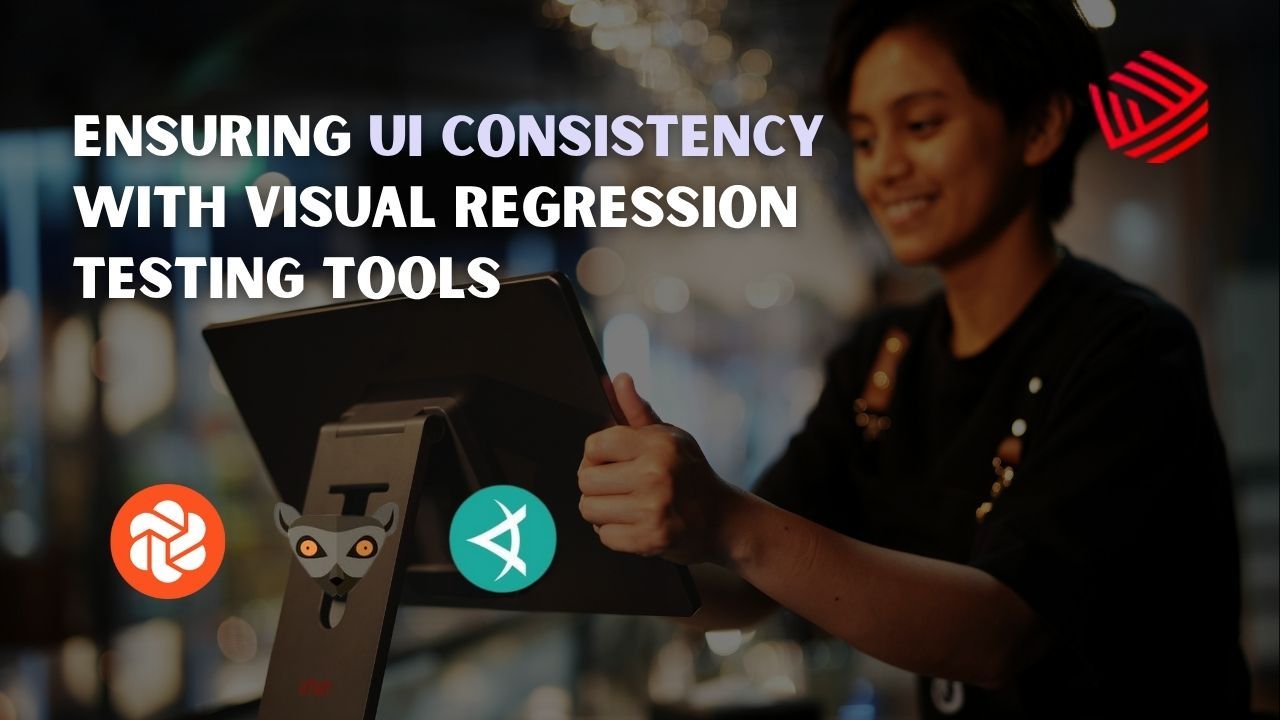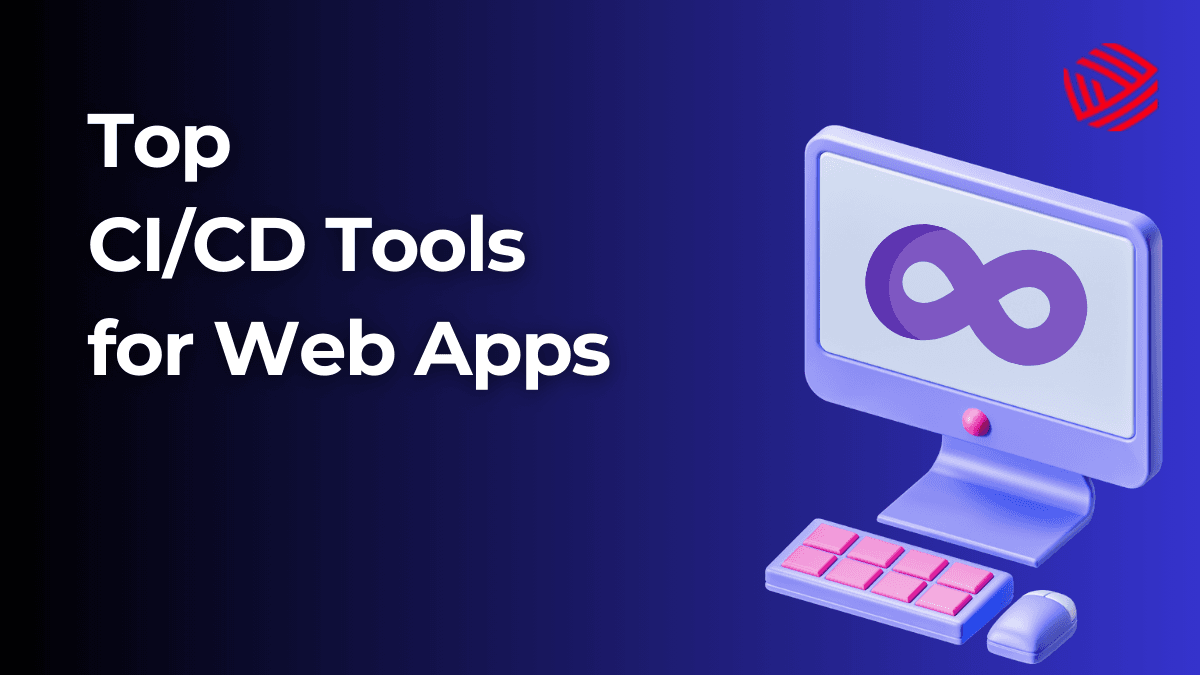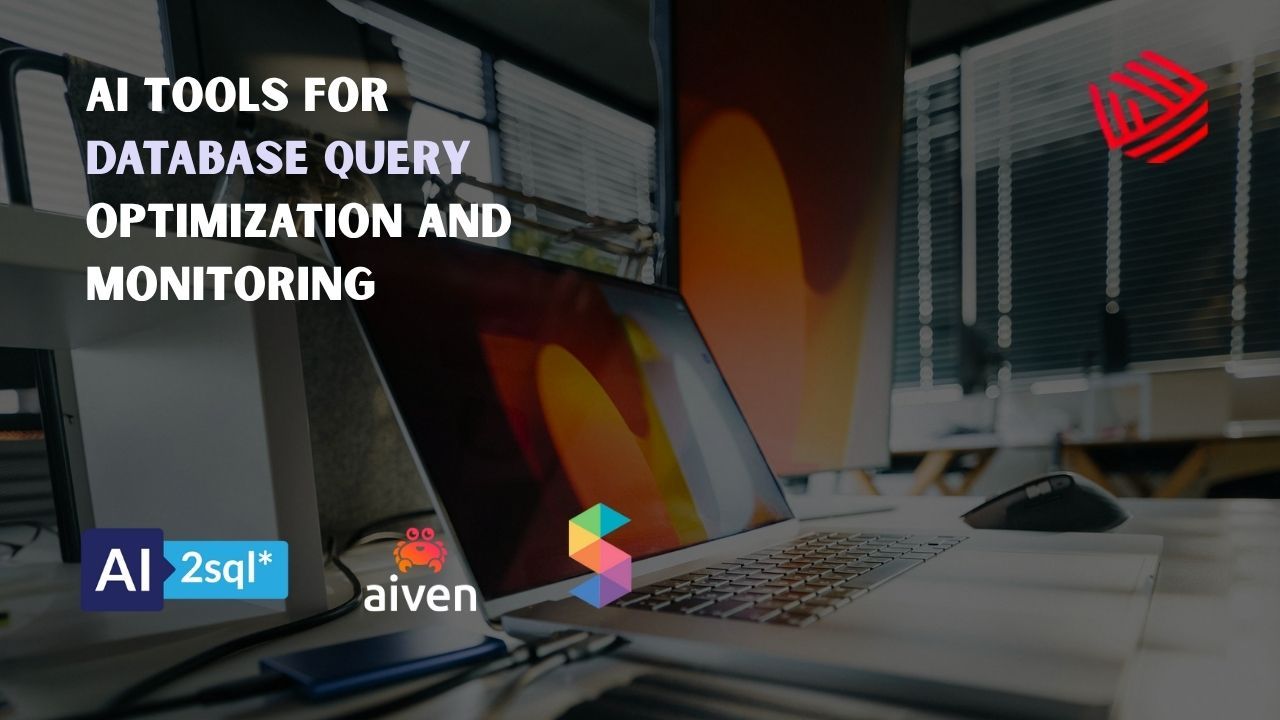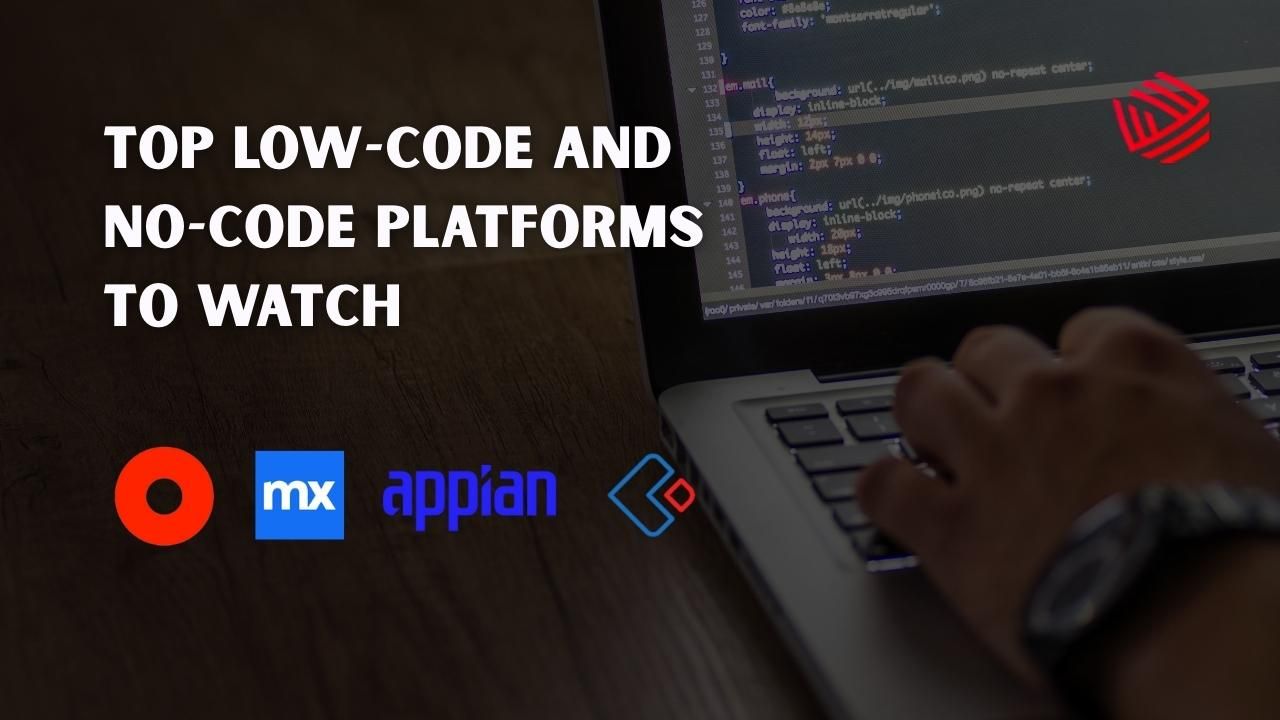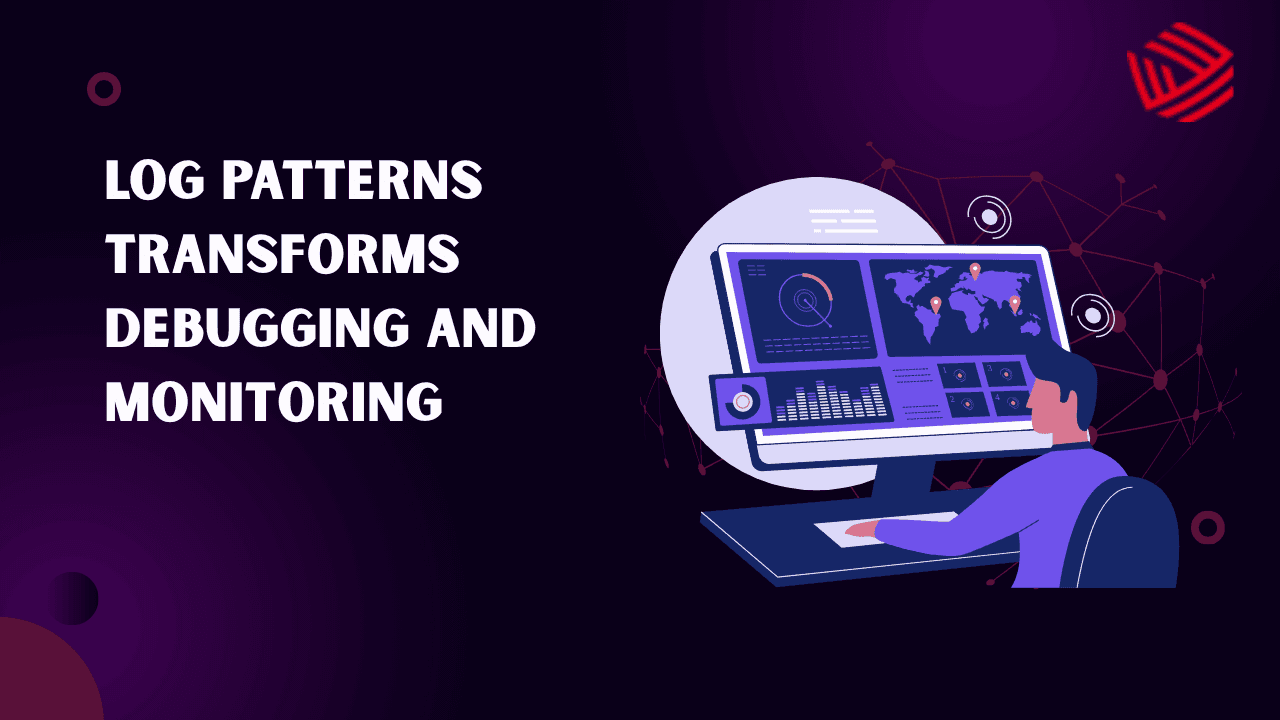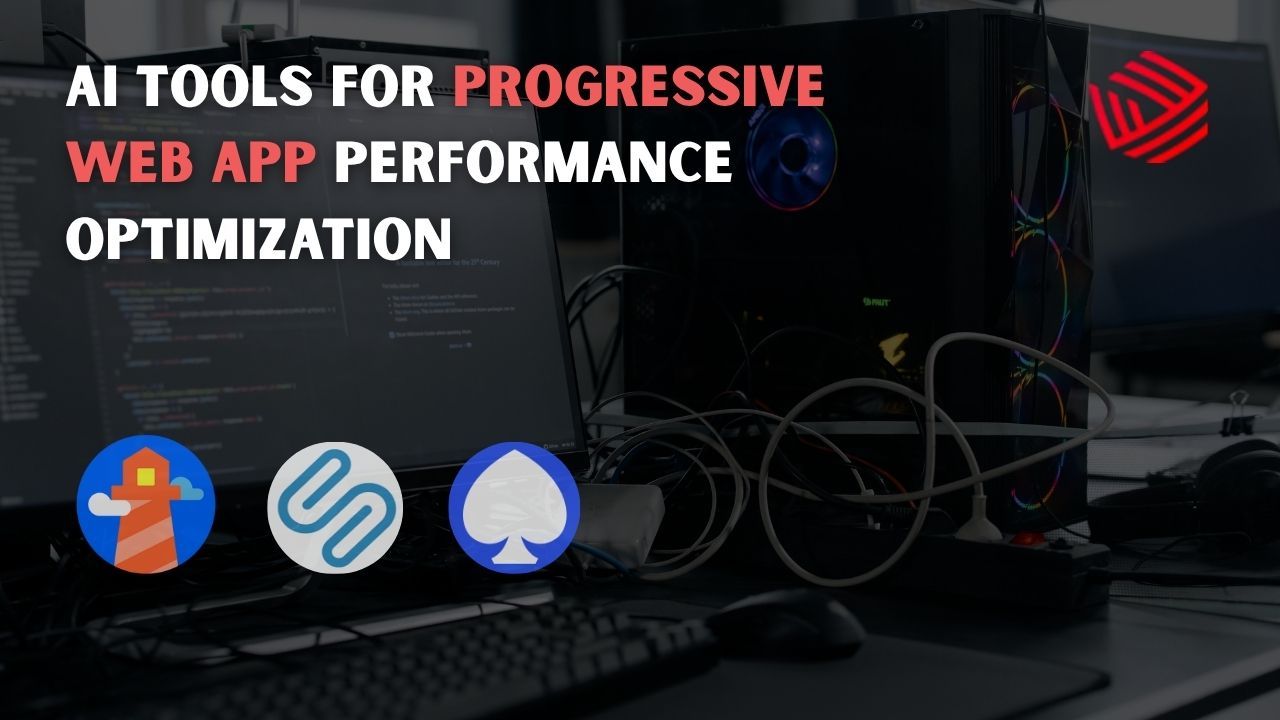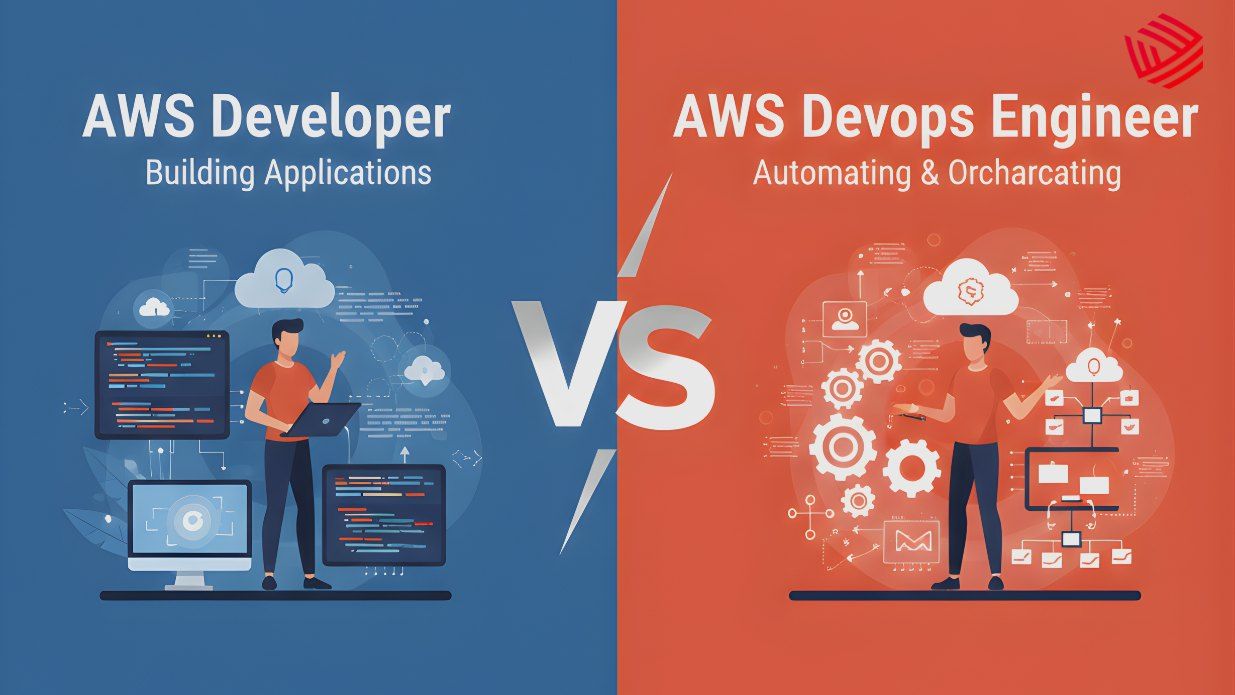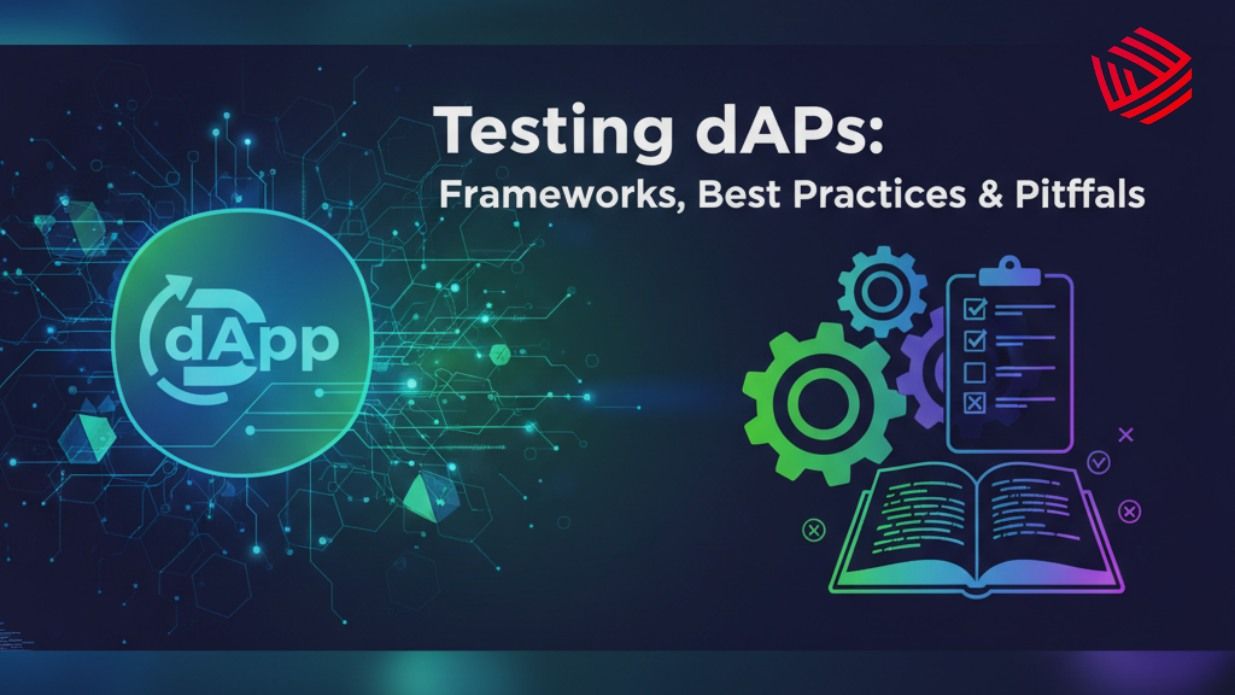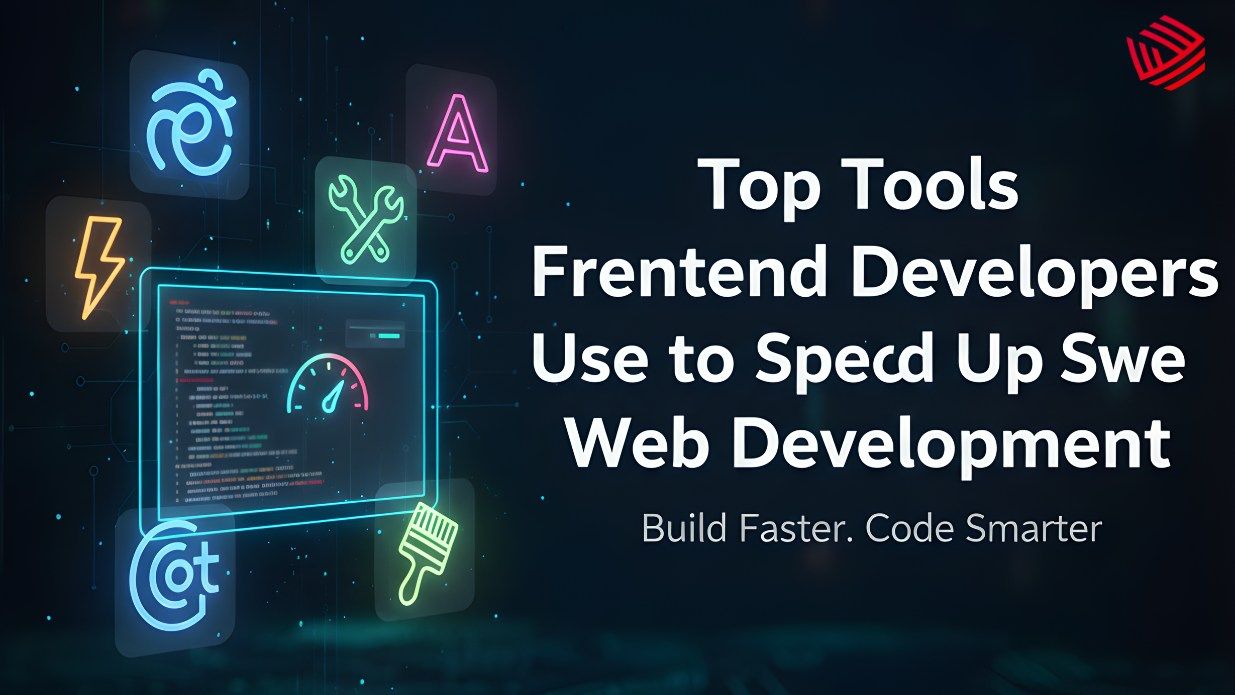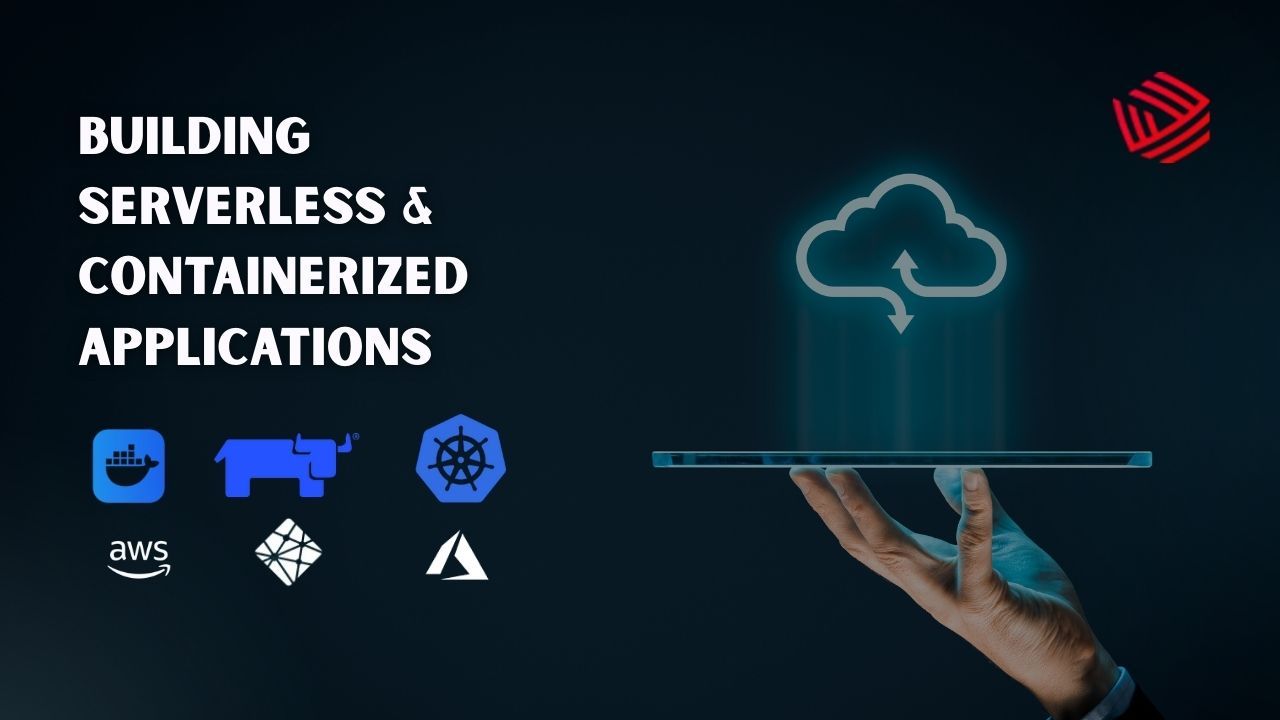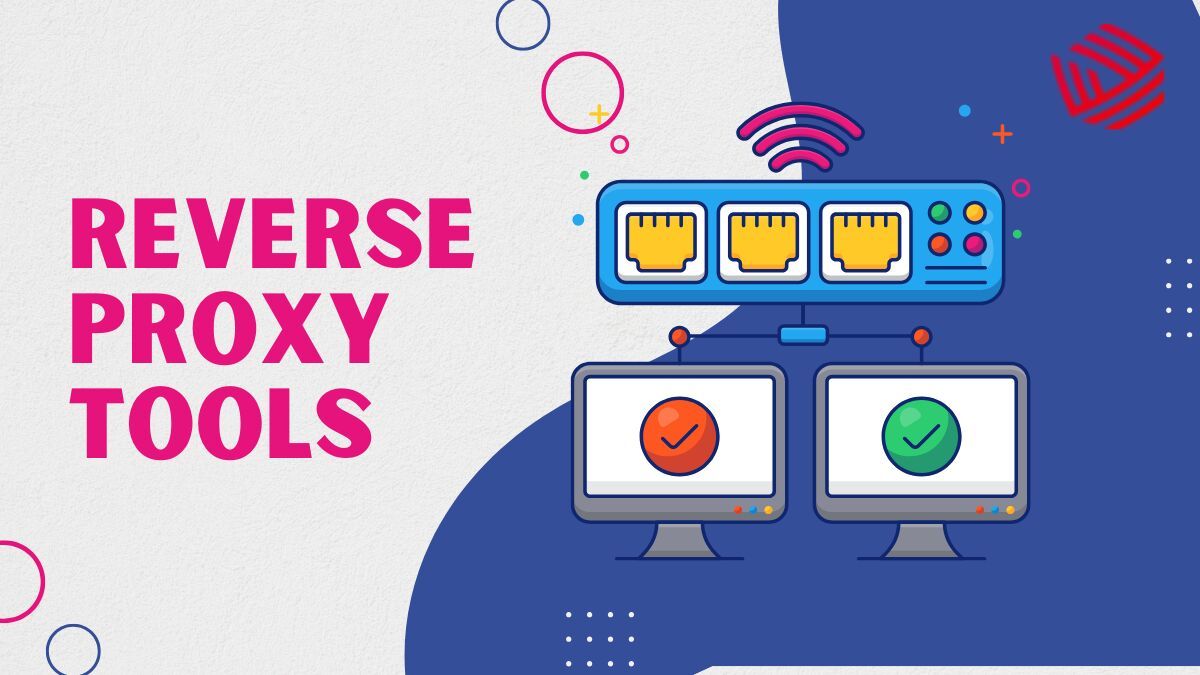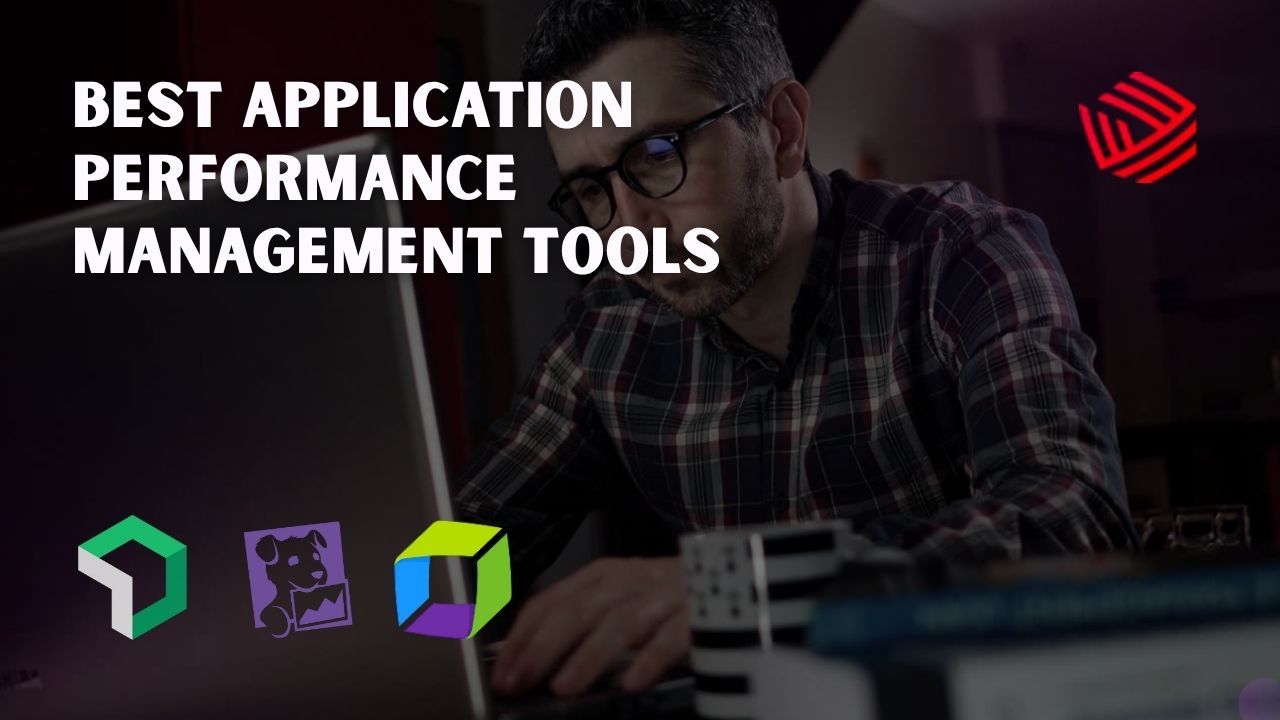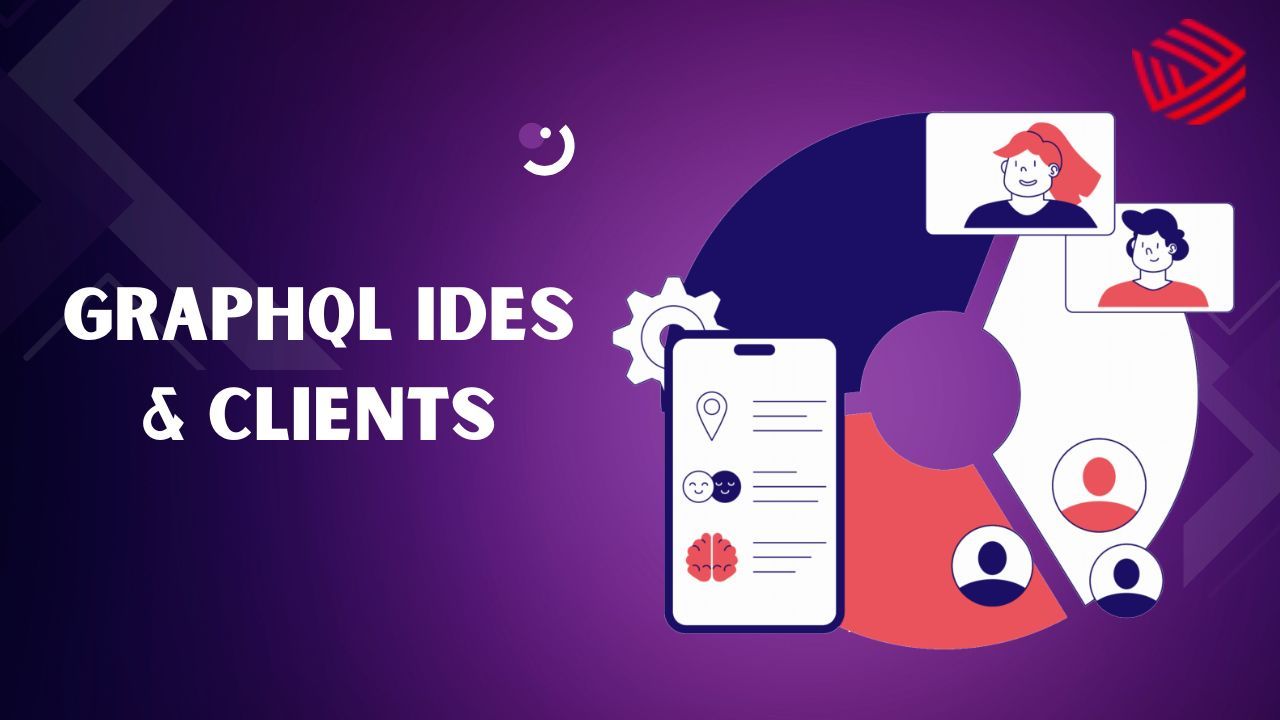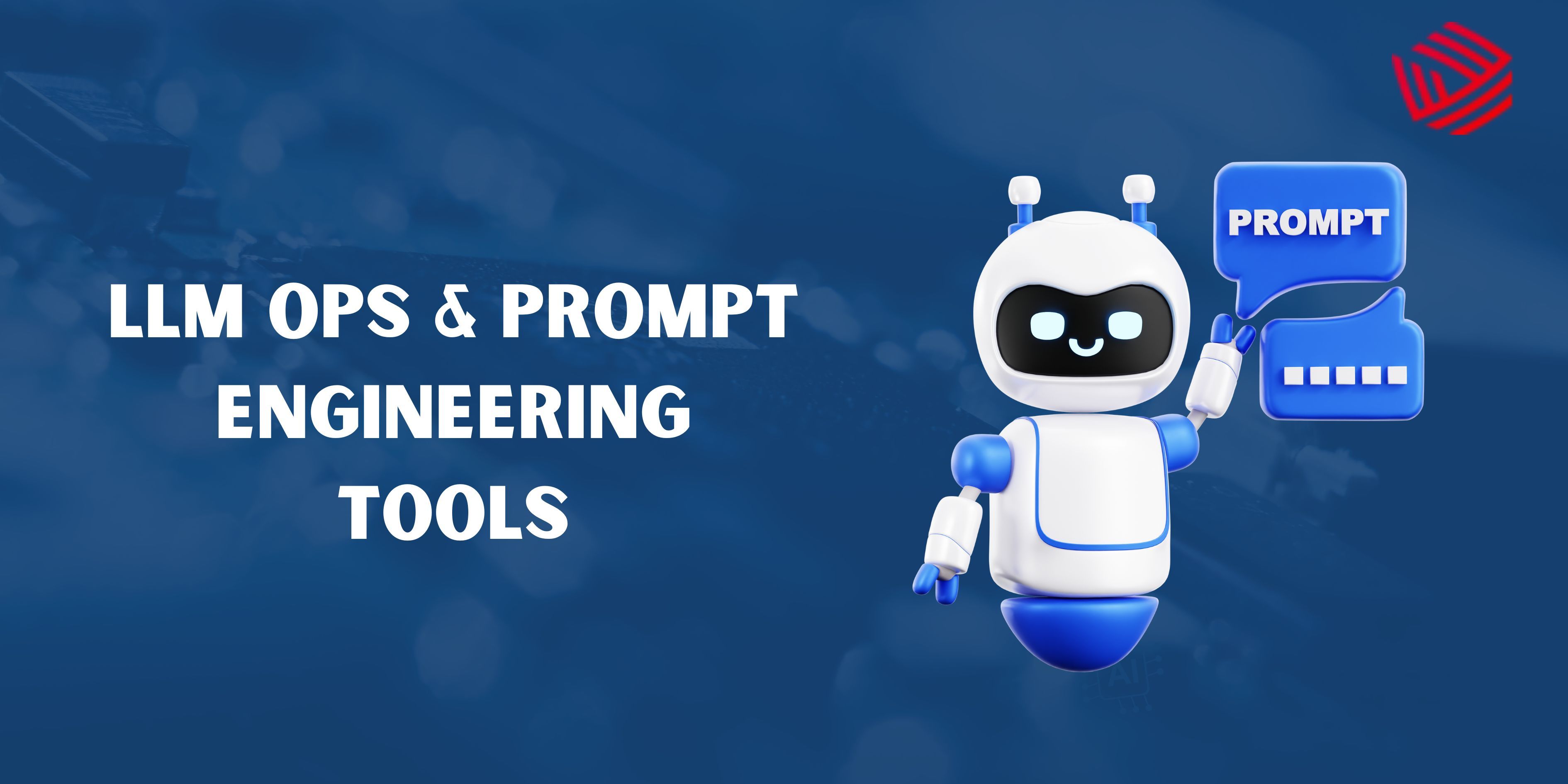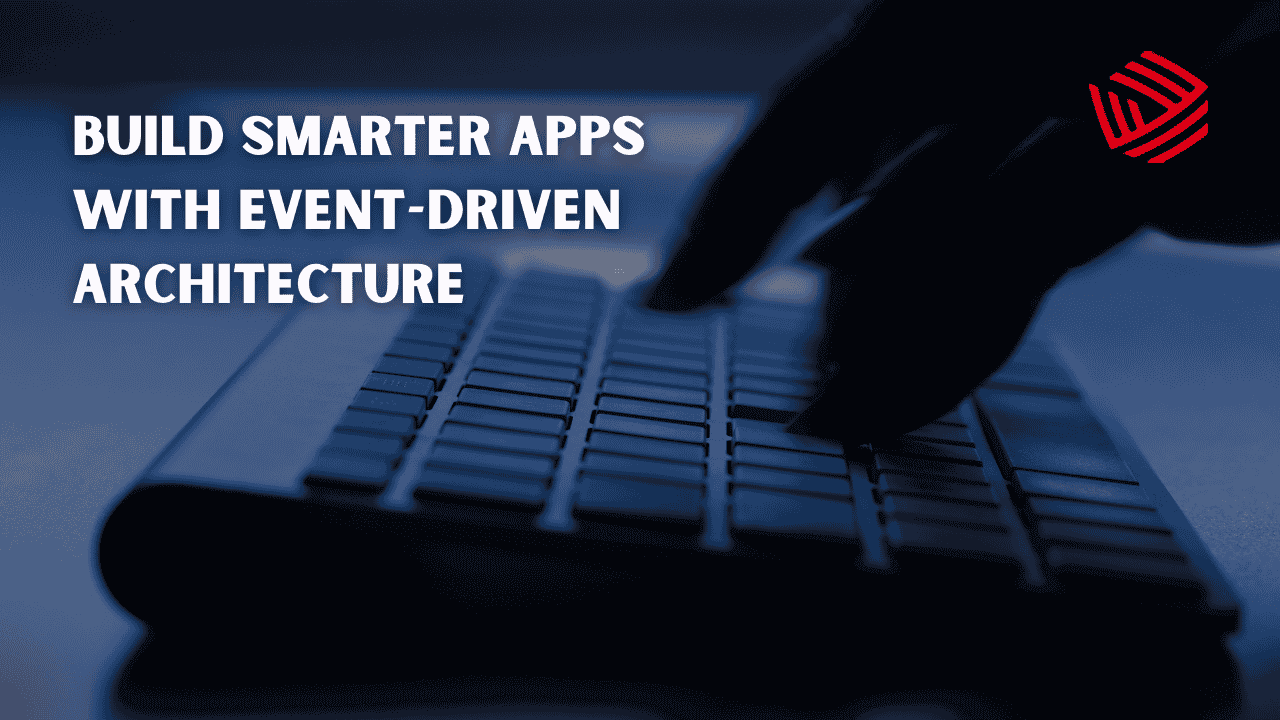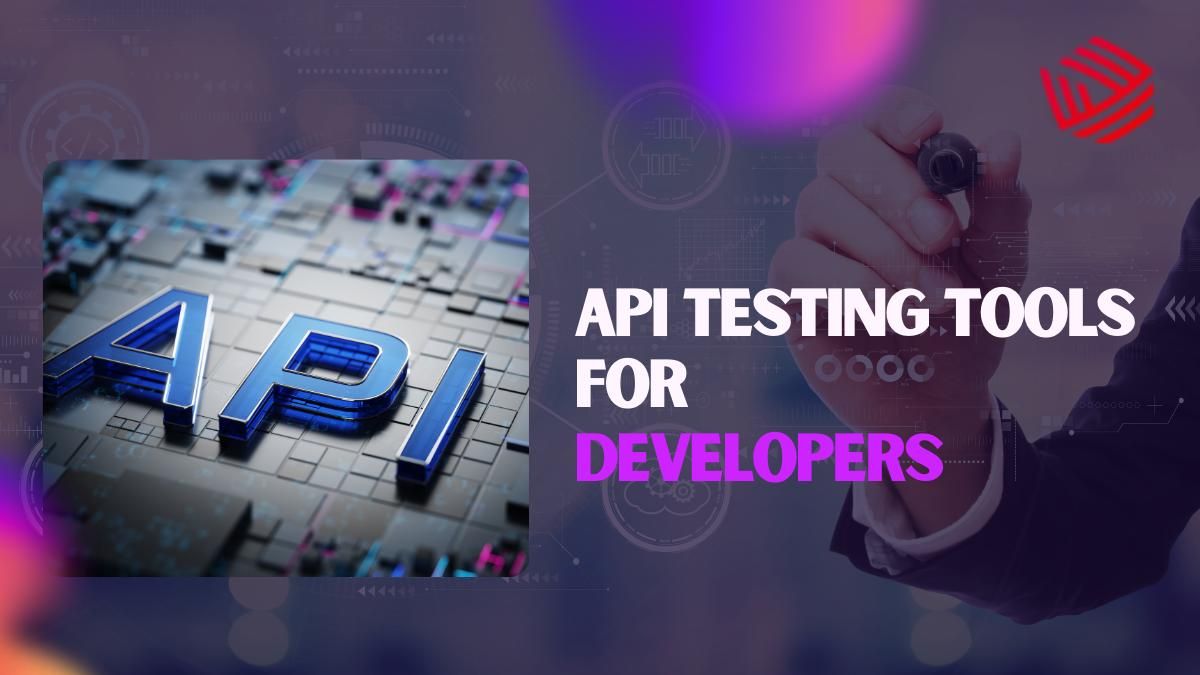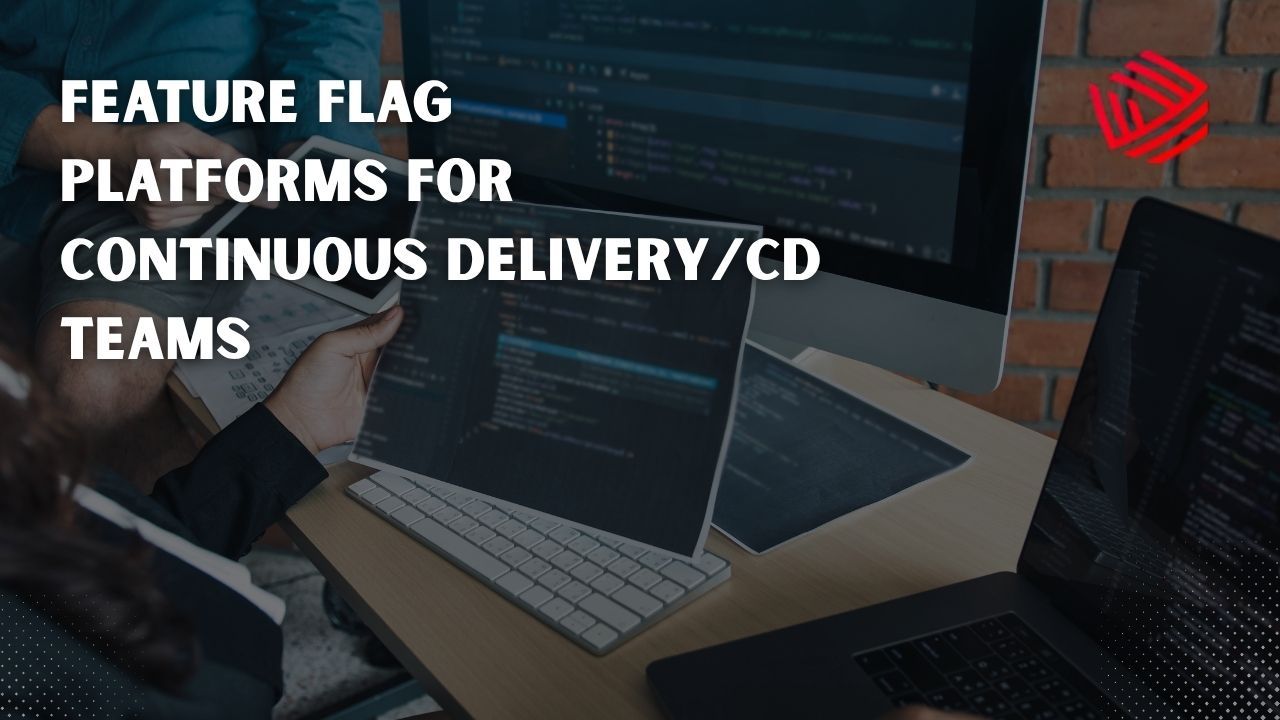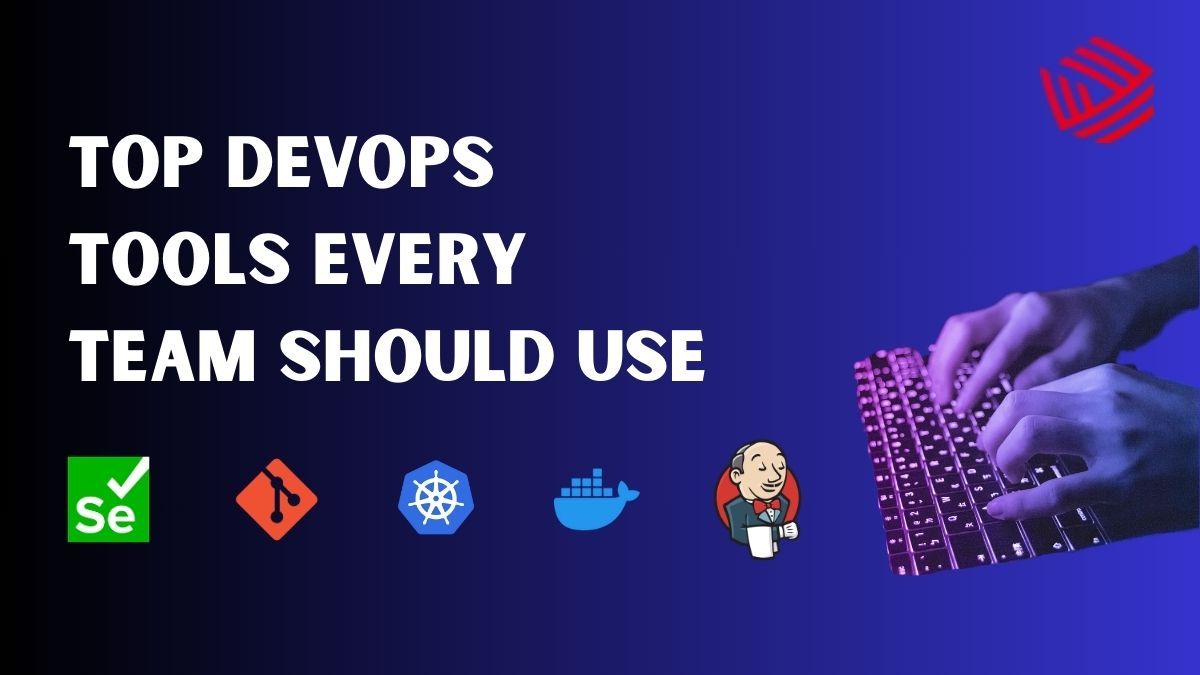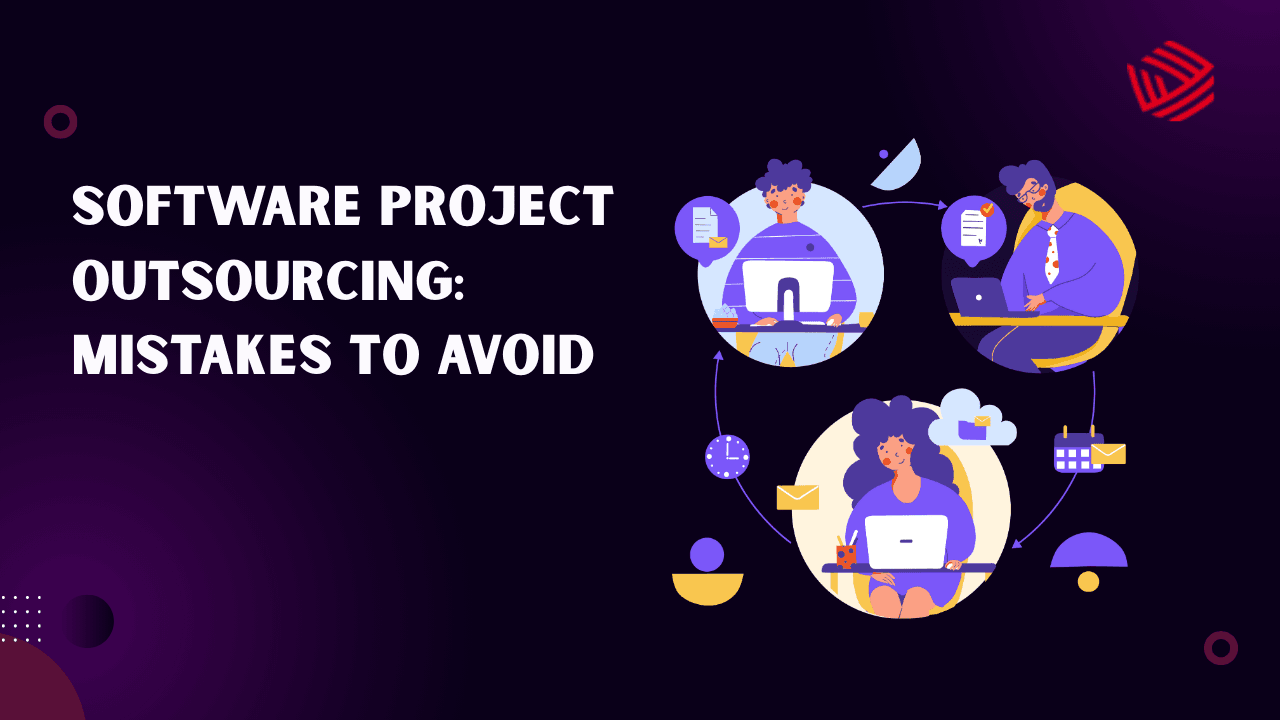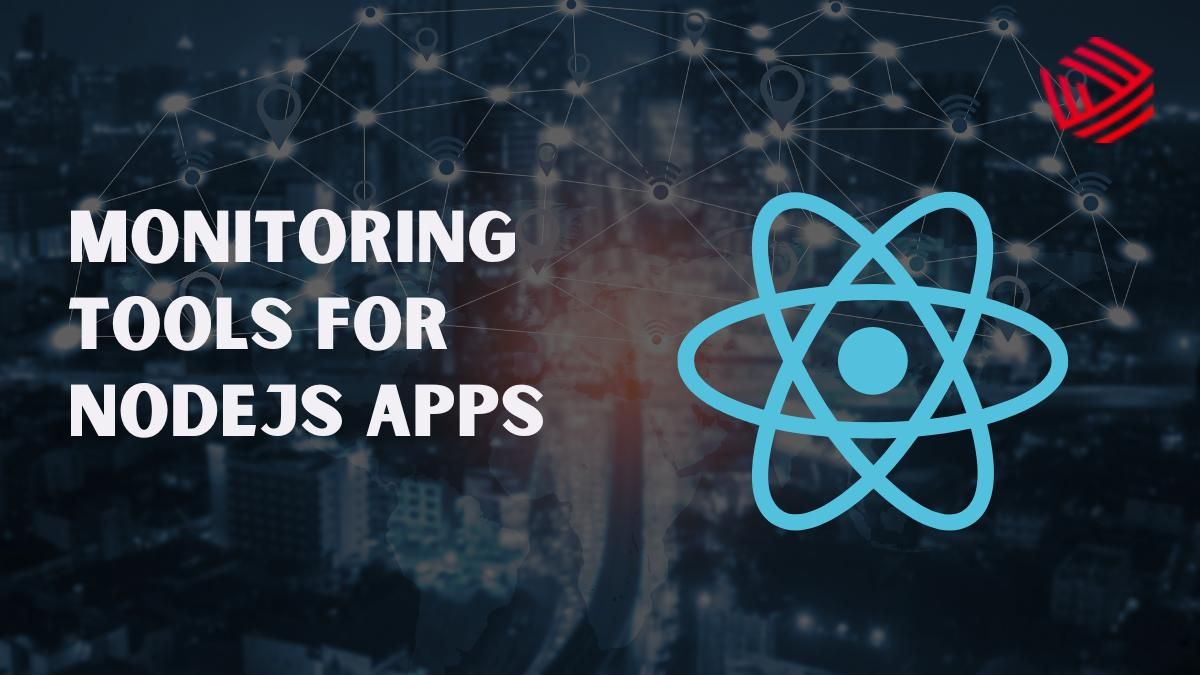Code reviews have long been a vital part of the software development lifecycle. They improve code quality, reduce bugs, and create a culture of shared learning across teams. However, traditional reviews often face bottlenecks. Senior engineers get bogged down with repetitive reviews, feedback cycles slow down release timelines, and minor issues sometimes slip through due to fatigue or oversight.
This is where AI-powered code review tools step in. These tools analyze codebases using machine learning, pattern recognition, and vast training datasets to identify issues, suggest improvements, and even autofix certain problems. Unlike manual reviews that depend on human availability, AI tools provide instant feedback 24/7.
We’ll dive into the best AI-powered code review tools available today, explore their benefits, and help you understand how to choose the right one for your development workflow.
Why Developers Need AI-Powered Code Review Tools
Before diving into the tools, it’s worth understanding why AI is changing the code review landscape.
Speed and Efficiency: AI tools scan thousands of lines of code in seconds. What might take hours for a human reviewer can be done instantly, giving developers faster feedback loops.
Better Bug Detection: AI models are trained on millions of code samples and security vulnerabilities. This gives them an advantage in spotting subtle issues or anti-patterns that even experienced developers might miss.
Consistency in Standards: Large organizations often struggle to enforce uniform coding standards across multiple teams and projects. AI tools automatically enforce guidelines, ensuring cleaner and more maintainable codebases.
Focus on Critical Thinking: Instead of wasting human effort on repetitive checks (indentation, naming conventions, simple security checks), AI handles those, leaving human reviewers free to focus on logic, architecture, and business requirements.
Reduced Technical Debt: By catching issues early, AI tools prevent small mistakes from accumulating into larger refactoring projects down the road.
Key Benefits of AI-Powered Code Review
Let’s break down the tangible advantages these tools bring:
Faster Feedback Loops: Developers don’t have to wait days for code review feedback. AI reviews PRs in minutes, shortening release cycles.
Improved Security: Tools like Snyk Code or CodeGuru are built with a security-first approach, reducing vulnerabilities in production.
Cost Savings: Early bug detection saves huge costs associated with fixing issues in staging or production.
Collaboration & Knowledge Sharing: AI highlights best practices, helping junior developers learn while coding.
Scalability: As teams grow, maintaining review quality gets harder. AI scales effortlessly, reviewing thousands of commits without slowing down.
Top AI-Powered Code Review Tools for Faster Development
Here’s a closer look at the best AI-driven platforms developers can use today.
1. GitHub Copilot
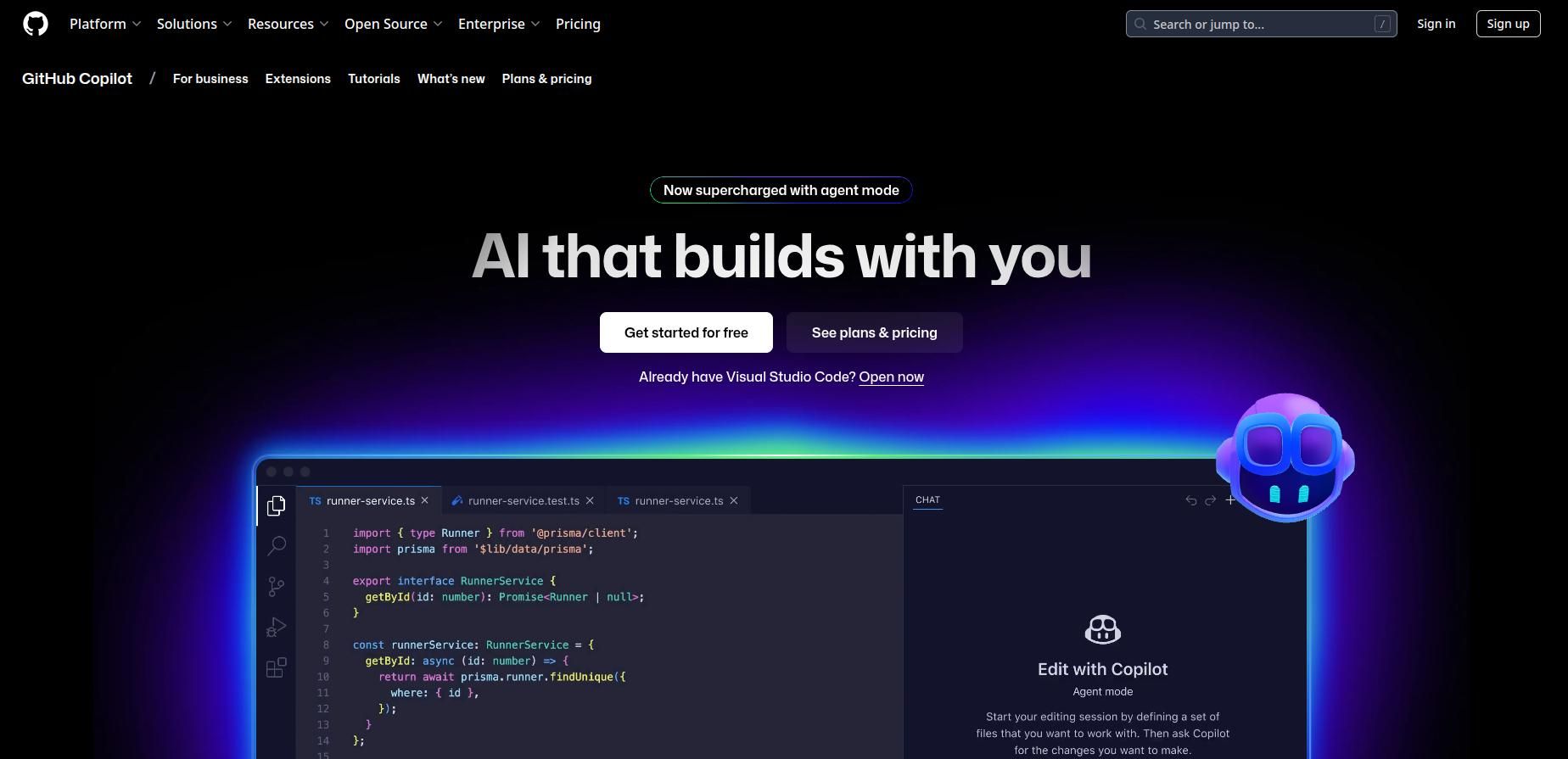
GitHub Copilot, built on OpenAI’s Codex model, is primarily known as an AI coding assistant. But beyond code generation, it also helps during reviews. Copilot suggests alternative implementations, flags redundant logic, and ensures code readability — making it a great asset for NodeJS Developers, full-stack developers, software programmers etc.
Key Features:
- Context-aware code suggestions
- Inline review recommendations inside IDEs
- Works seamlessly with pull request workflows
Best For: Teams already using GitHub for version control who want AI integrated directly into their workflow.
2. Amazon CodeGuru
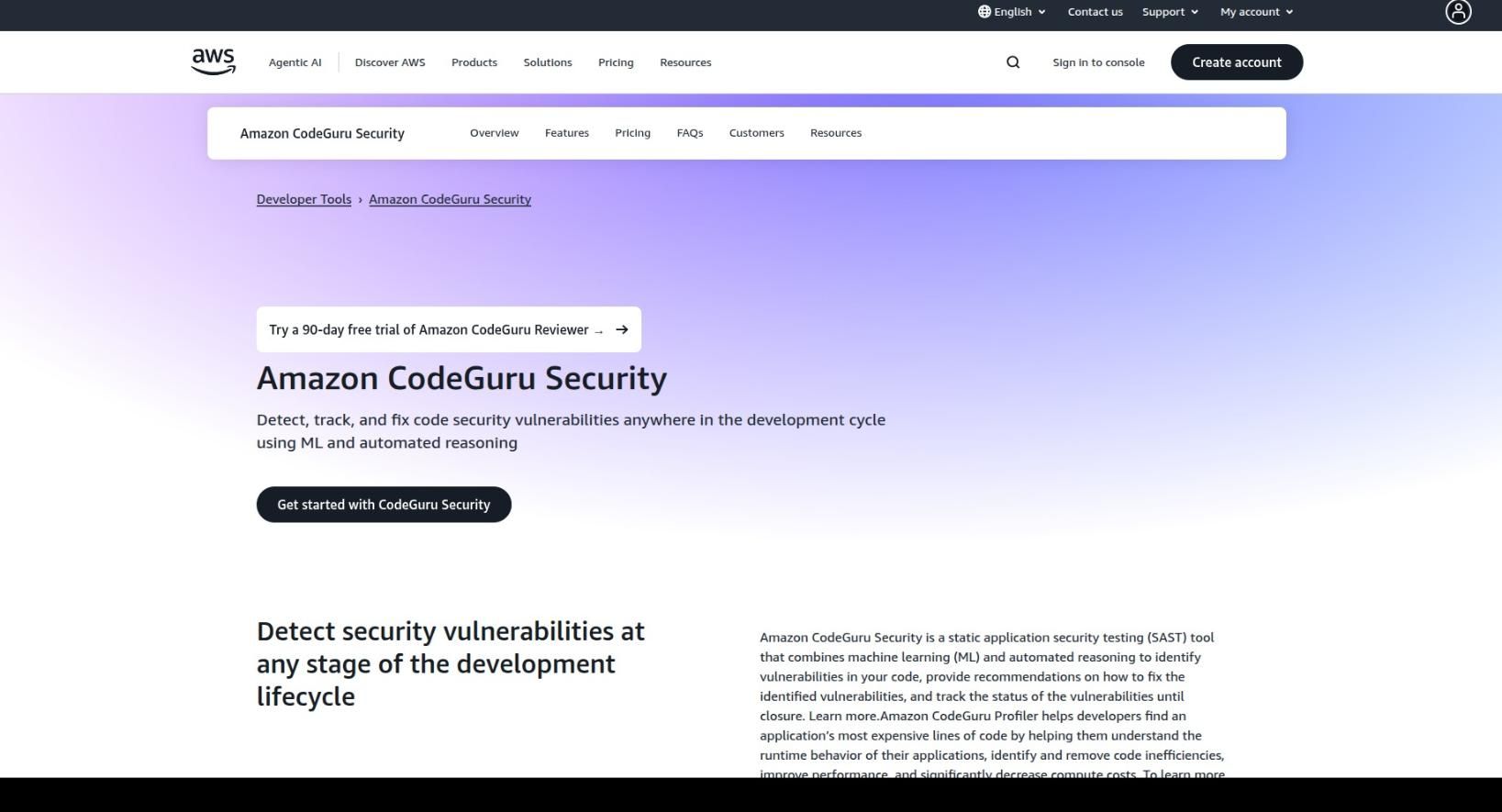
Amazon’s CodeGuru Reviewer uses machine learning to identify issues related to performance, concurrency, and security. Its unique advantage lies in its integration with AWS — making it ideal for teams running large-scale, cloud-native applications.
Key Features:
- Performance profiling and cost optimization insights
- Identifies resource leaks and API misuse
- Native AWS integration with CI/CD pipelines
Best For: Enterprises building applications on AWS who want both code review and runtime profiling in one tool.
3. Snyk Code (formerly DeepCode)
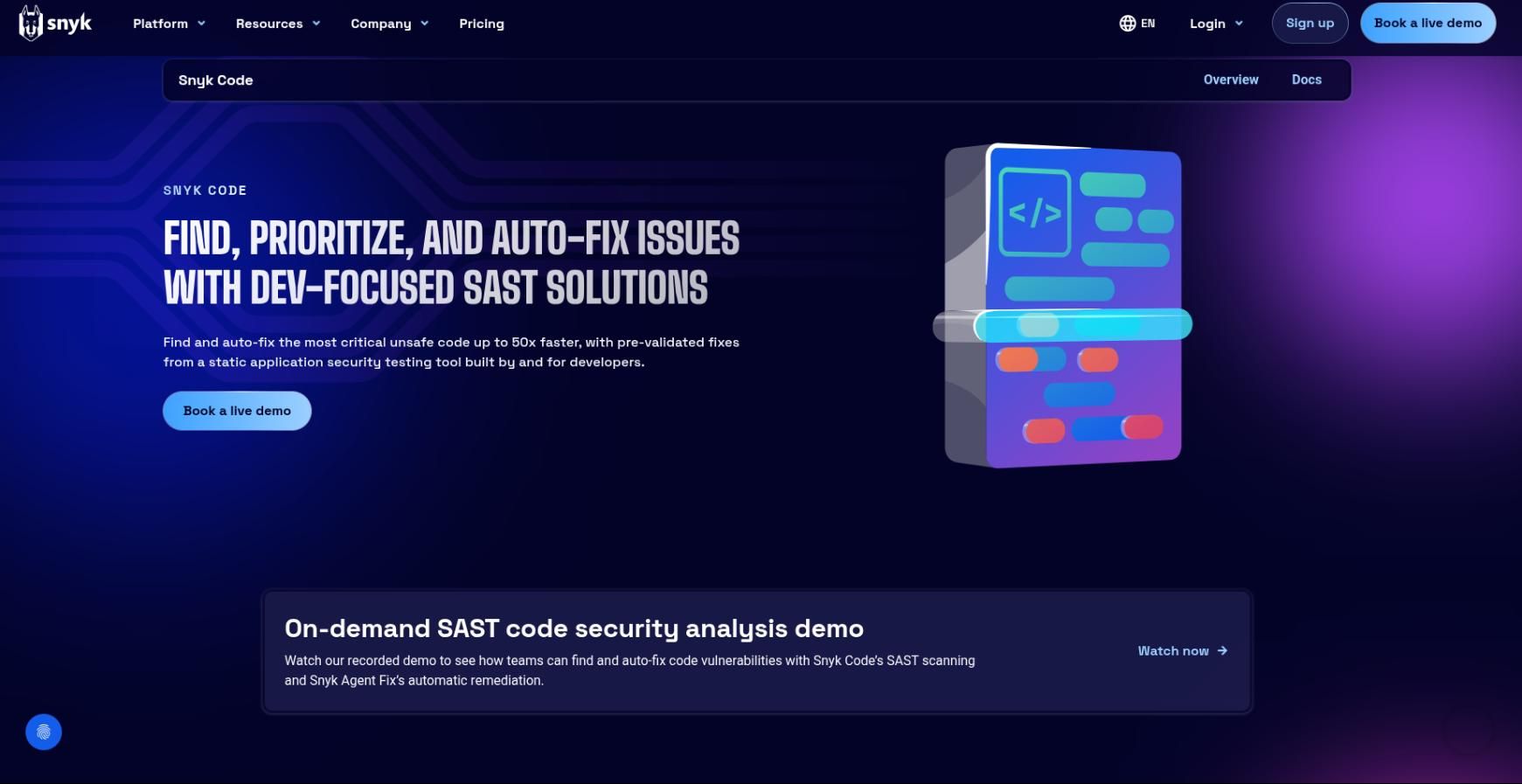
Security is often overlooked in standard reviews, but Snyk Code brings it front and center. Powered by AI, it scans for vulnerabilities in real time and integrates with IDEs, CI/CD pipelines, and version control systems.
Key Features:
- AI-driven vulnerability detection
- Language and framework agnostic
- Continuous scanning in CI/CD
Best For: Teams prioritizing DevSecOps and needing early-stage vulnerability detection.
4. Codacy
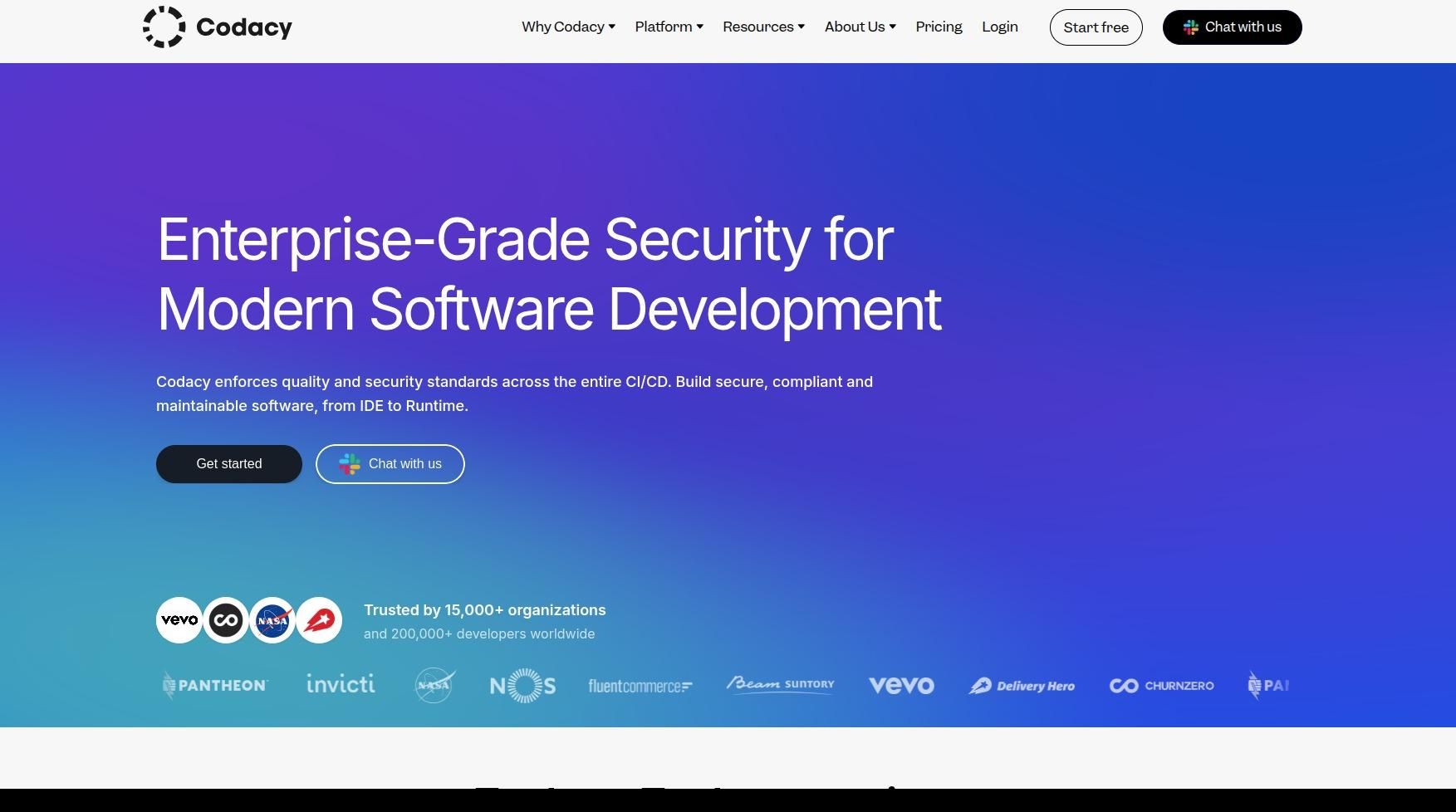
Codacy automates style, quality, and complexity reviews. It provides detailed reports and integrates with GitHub, GitLab, and Bitbucket to ensure every pull request is automatically checked against predefined rules.
Key Features:
- Automated code style enforcement
- Duplication and complexity analysis
- Customizable rulesets for different projects
Best For: Teams looking to enforce consistent standards across multiple repositories.
5. CodeScene
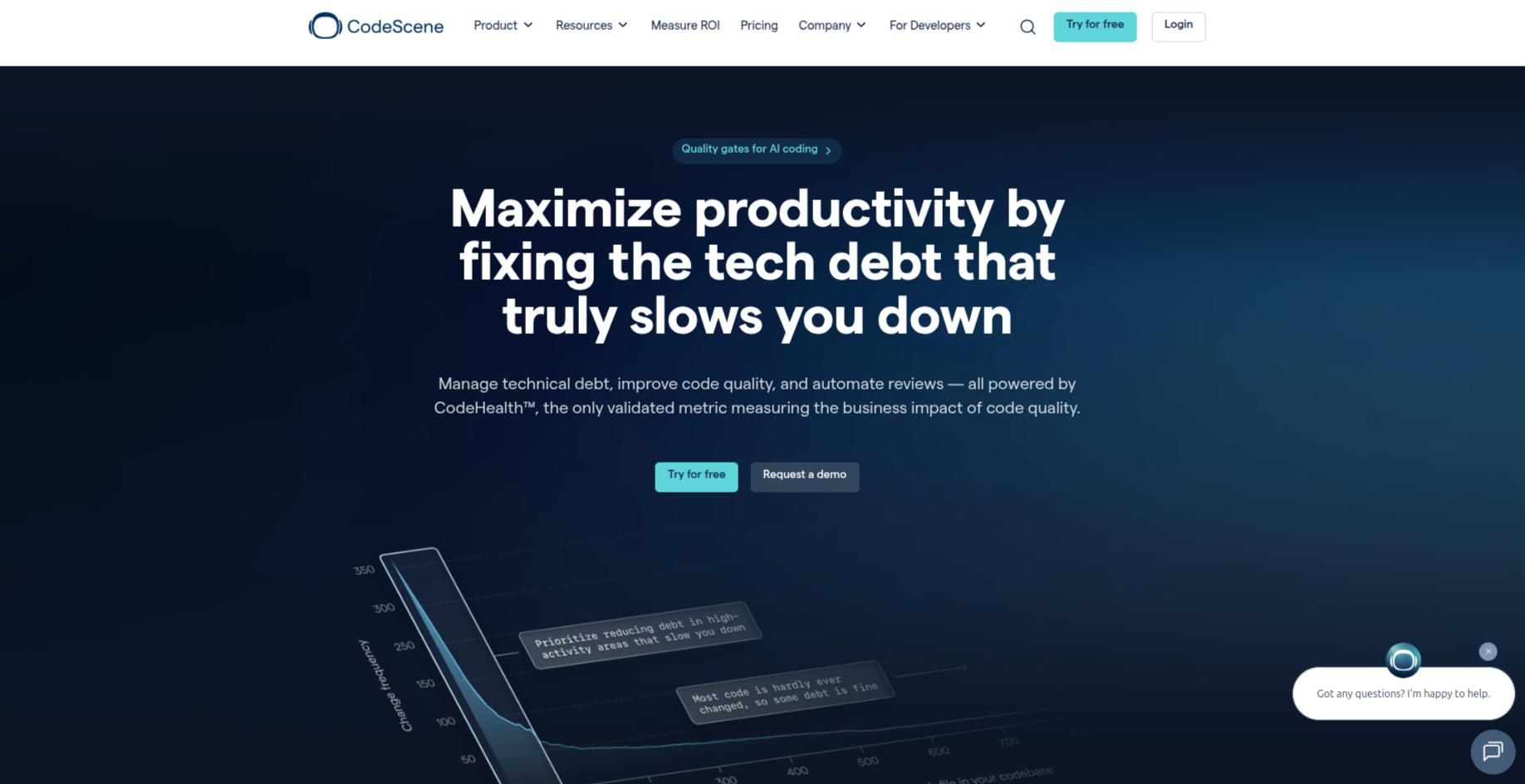
Unlike most tools that only analyze syntax and patterns, CodeScene looks deeper. It analyzes code health, hotspots, and developer behavior to predict where technical debt may accumulate.
Key Features:
- Visual hotspot maps for risky files
- Technical debt tracking
- Team behavior and productivity insights
Best For: Engineering leaders who want a holistic view of project health and developer productivity, not just code correctness.
6. DeepSource

DeepSource automates continuous analysis, detecting bugs, anti-patterns, and style issues. Its standout feature is autofix, which doesn’t just flag issues but also provides suggested fixes developers can merge instantly.
Key Features:
- Continuous monitoring of pull requests
- Autofix with ready-to-apply corrections
- Support for multiple languages and frameworks
Best For: Fast-moving startups that need clean code without slowing down development speed.
7. Tabnine
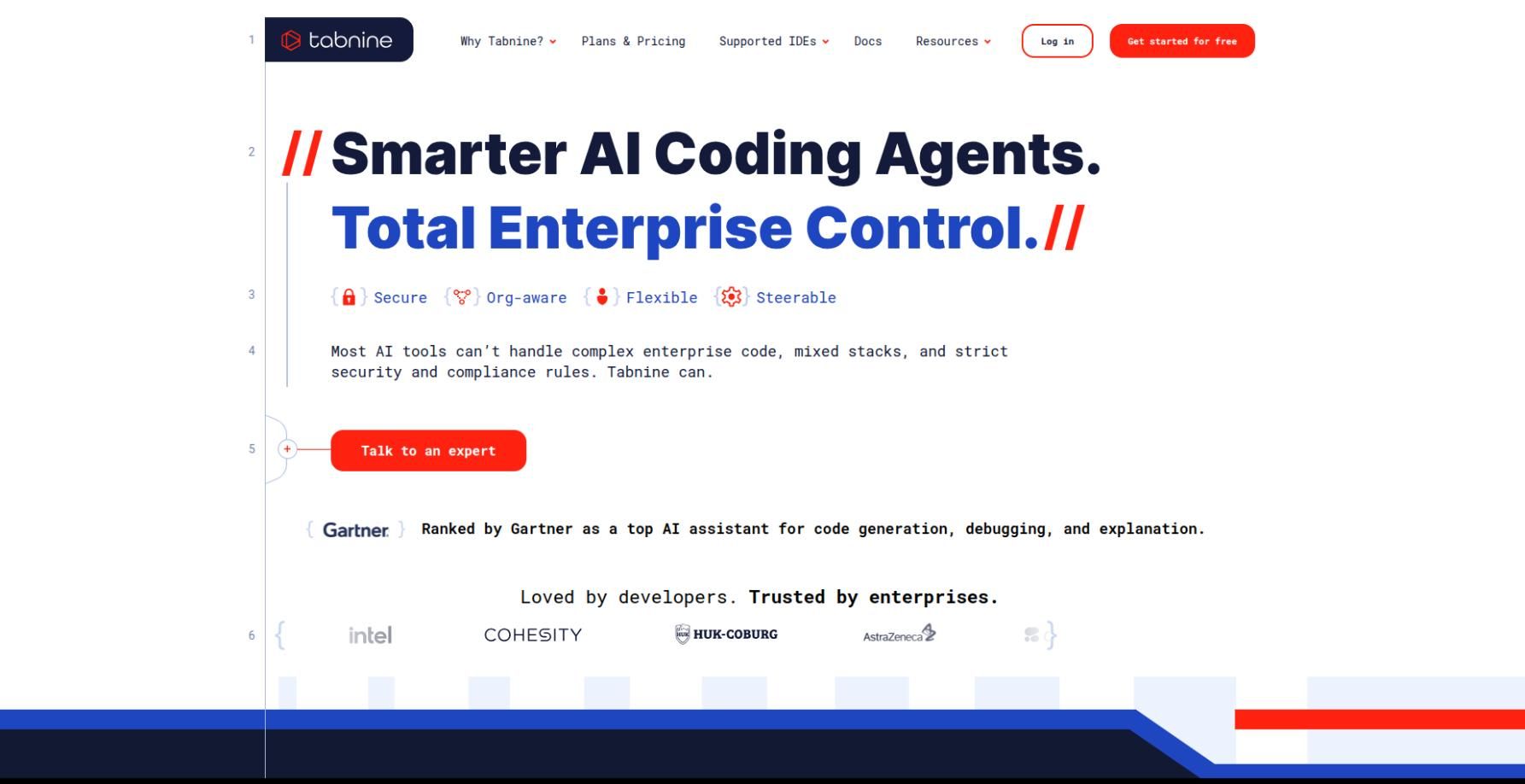
Tabnine is widely known for autocomplete, but it also doubles as a lightweight review assistant. By suggesting best practices and improvements directly in the IDE, it reduces the load on formal review processes.
Key Features:
- AI autocomplete + best-practice hints
- IDE integrations (VS Code, IntelliJ, etc.)
- Lightweight and fast feedback
Best For: Individual developers or small teams who want subtle AI guidance without complex setup.
Choosing the Right AI-Powered Code Review Tool
Not all tools are created equal — the right choice depends on your team’s size, workflows, and goals. Here are some considerations:
Ecosystem Integration: If your team is already invested in GitHub or AWS, tools like Copilot and CodeGuru will integrate seamlessly.
Focus Area:
Security-focused? → Snyk Code
Performance and cost optimization? → Amazon CodeGuru
Coding standards enforcement? → Codacy or DeepSource
Team insights and technical debt? → CodeScene
Team Size & Workflow:
Large enterprises often combine multiple tools for layered protection (e.g., Codacy + Snyk). Smaller startups may prefer an all-in-one option like DeepSource.
Budget Considerations:
Open-source or freemium tools can serve smaller teams, while enterprise-grade tools come with licensing costs but offer deeper insights.
The Future of AI in Code Reviews
AI-powered code review is just the beginning. In the near future, we can expect:
- Contextual PR Summaries: AI automatically summarizing code changes in natural language for reviewers.
- Proactive Issue Prevention: Tools suggesting fixes before code is even committed.
- Adaptive Learning: AI systems learning from a team’s coding style and evolving with it.
- Integration with DevSecOps: Fully automated security and compliance reviews across all commits.
This shift doesn’t mean human reviewers will vanish — instead, their role will evolve. Humans will handle high-level design and business logic reviews, while AI takes care of syntax, style, and vulnerability checks.
Conclusion
AI-powered code review tools are no longer experimental — they are becoming essential components of modern software development. They cut review times, enforce standards, and catch issues long before they reach production.
If your team is struggling with slow feedback cycles, inconsistent quality, or growing technical debt, it’s time to explore these tools. From GitHub Copilot’s smart suggestions to CodeScene’s technical debt insights and Snyk Code’s security-first approach, there’s a solution for every development team. By adopting the right mix of AI-powered code review tools, you can deliver faster, safer, and cleaner code — while giving developers more time to focus on innovation.



